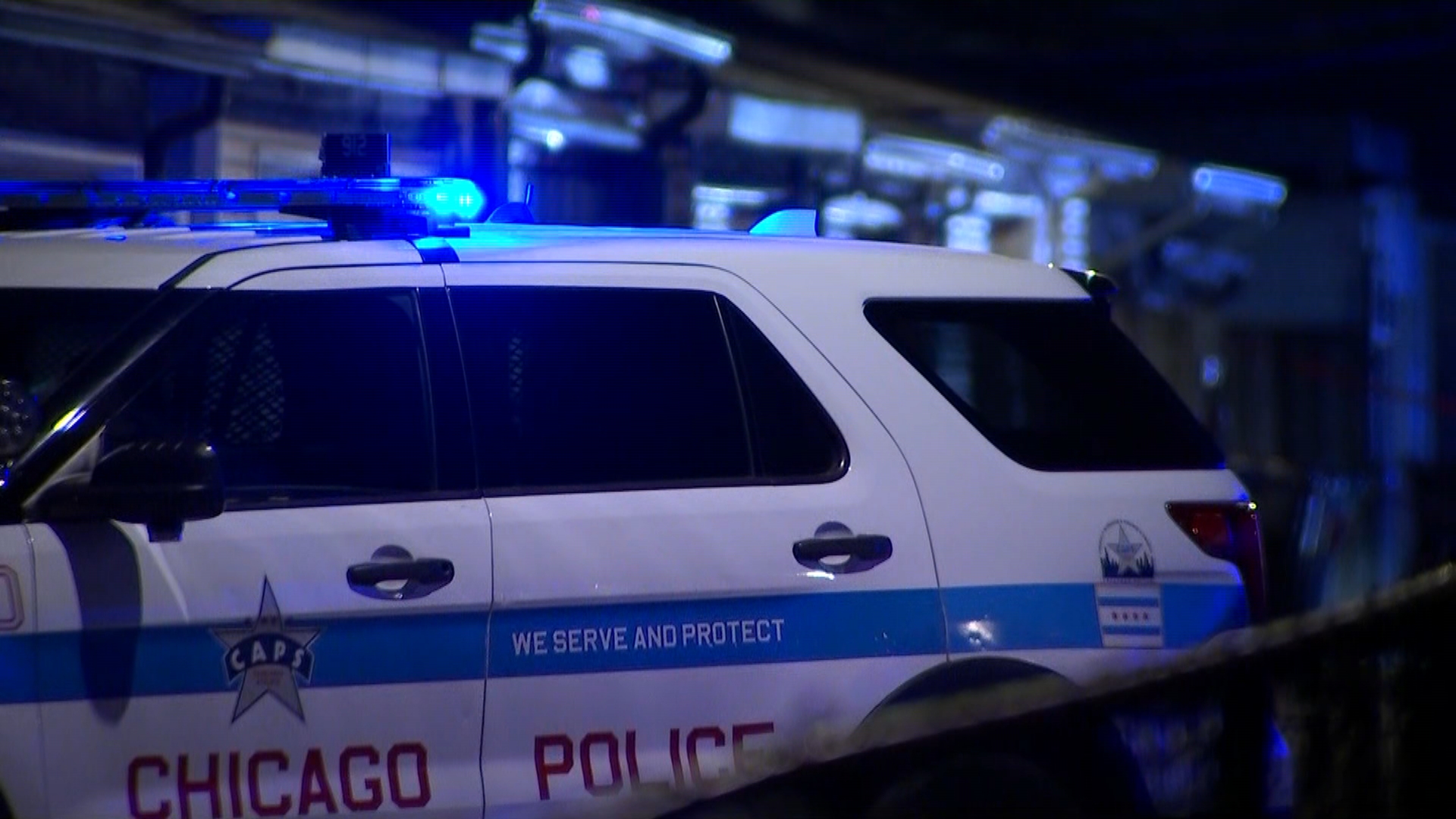Collisions between CTA trains are rare, NBC 5 Investigates has found, with just four in the past 18 years and none in nearly six years.
Until Tuesday, when a Brown Line and Purple Line train collided during rush hour on Chicago's North Side.
Much like Tuesday's collision, none of the previous incidents involved death or severe injury to passengers.
However, NBC 5 has found that two of the four collisions were strikingly similar to Tuesday's incident.
Each involved two trains – one on the Brown Line and one on the Purple Line -each occurred during a rush hour period, and each occurred on the set of elevated tracks leading from Chicago’s Near North Side down to the Merchandise Mart and Chicago’s Loop.
And the same two lines involved in Tuesday's incident were also involved in a deadly CTA collision, which happened 42 years ago - although back then they were known by different names.
Here are the previous CTA train collisions reviewed by NBC 5 Investigates:
On Feb. 3, 2004, two northbound CTA trains – one on the Purple Line and one on the Brown Line – collided at low speeds during the evening rush hour, when the Purple Line train apparently rear-ended the Brown Line train on the elevated tracks just north of the Merchandise Mart. The collision caused the trains to lock together. Nearly four dozen passengers went to local hospitals, all with reportedly minor injuries.
Two-and-a-half years before, on Aug. 3, 2001, two southbound trains – a Brown Line train and a Purple Line train – were each stopped on the elevated tracks shortly after 9 a.m. north of the Chicago station at Franklin street, waiting for another train to move. The Brown Line train started moving – possibly because of an electronic or mechanical malfunction – and rounded a curve near Orleans and Oak, rear-ending the Purple Line train at about 5 to 15 miles per hour. Witnesses said they heard a “boom” that sounded like an explosion. Despite the relatively low speed of the collision, more than 170 people went to the hospital with mostly minor injuries.
Local
That 2001 collision was the second of two incidents that occurred within a six-week period. On Chicago’s Northwest Side on June 17, 2001, two Blue Line CTA trains – both heading towards O’Hare at about noon – collided when one rear-ended the other just south of the Blue Line’s Addison Street station along the Kennedy Expressway. The trains had been sharing the same track, as maintenance crews worked on the other. Eighteen people went to the hospital.
Similarly, it was two Blue Line trains that were involved in the CTA’s most recent collision incident - prior to Tuesday's - which occurred exactly six years ago next Sunday and became known as the "ghost train" incident. On Sept. 29, 2013, during the morning rush hour, an empty four-car train with no conductor, which had been sitting, powered up, in a CTA repair terminal in west suburban Forest Park. The train travelled nearly a mile on its own, passing through several devices designed to halt trains. It wound around bends, and then accelerated to about 20 miles per hour and rammed into a Blue Line train full of passengers that had stopped at the Harlem Station at about 7:45 a.m. At least 33 people were injured, but none seriously. Despite limited staffing because of a government shutdown, the National Transportation Safety Board quickly issued two “urgent” recommendations that the CTA should take extra steps to keep trains from moving unintentionally. The CTA responded that it immediately put those recommendations into place.
After all four of the incidents researched by NBC 5 Investigates, both the CTA and the NTSB launched investigations. In particular, the NTSB report for the 2013 "Ghost Train" incident shed light on several factors which, it said, could lead to train collisions.
There have been other high-profile incidents involving CTA trains, including a Blue Line CTA crash in March 2014, when a CTA train barrelled through the O’Hare subway station and up an escalator. The train’s driver later told the NTSB that she’d fallen asleep at the controls after working "a lot of overtime." That incident, however, does not qualify as a "collision" because it only involved one train.
Perhaps the highest-profile CTA collision occurred during the evening rush hour on Feb. 4, 1977, while a Ravenswood train was waiting for an Evanston Express train to leave the platform at the State/Lake station on the elevated tracks that comprise Chicago’s Loop. A third train on the Lake/Dan Ryan line failed to stop, and struck the back of the Ravenswood train. Several cars jack-knifed and fell off the tracks and onto the street below, killing 11 people and injuring more than 100.
The Lake/Dan Ryan line is now known as the CTA’s Red Line. The Ravenswood line and Evanston Express Line are now known, respectively, as the Brown Line and Purple Line.



